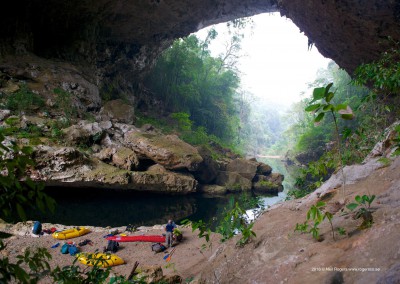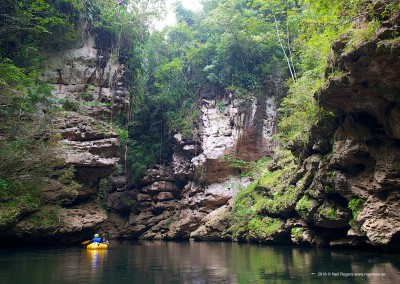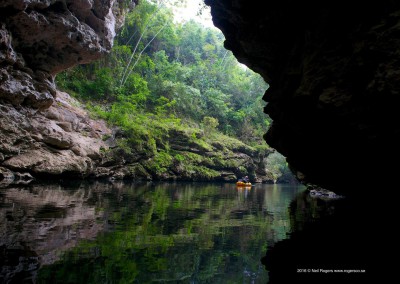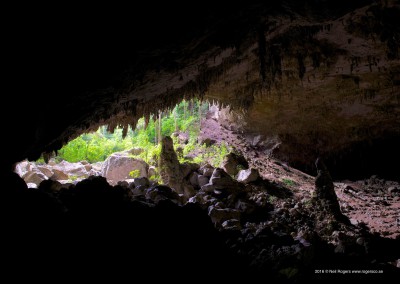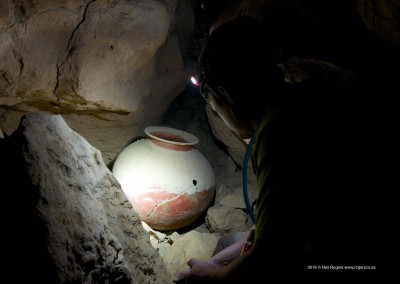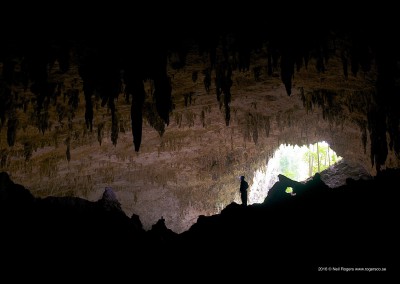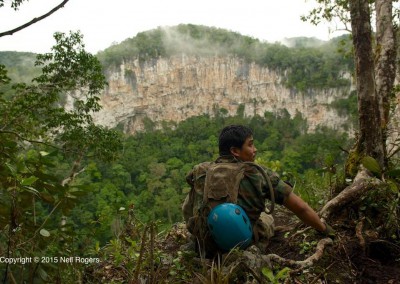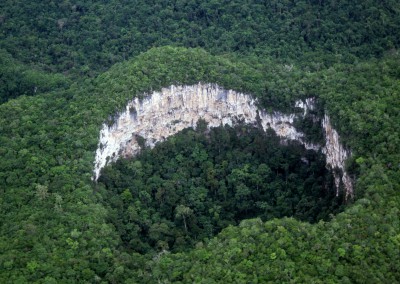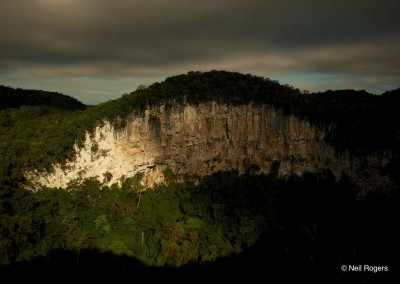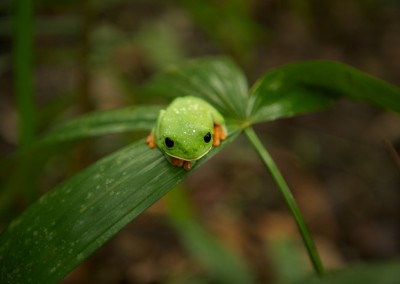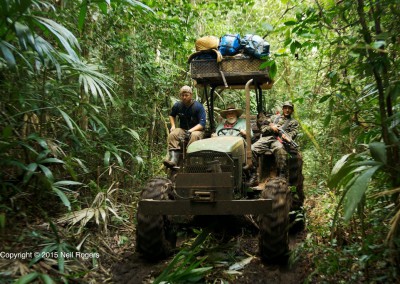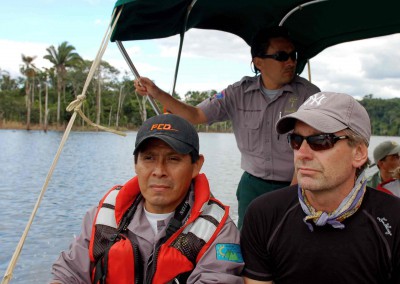
Belize’s Chiquibul Forest
This time last year I was on expedition in Belize’s Chiquibul National Park and Forest Reserve. I’d been tasked by Friends for Conservation and development (FCD), the co-managers of the Chiquibul National Park and Chiquibul Cave System with developing a road map for the sustainable tourism development of the vast Chiquibul Forest. As part of the project TOR I had to explore some of the key geophysical features within the Chiquibul Forest. For over 20 years I’d dreamed of exploring the Chiquibul Cave System (CCS), the largest known cave network in Central America. Together with 2 rangers and a locally based environmental researcher Jan Meerman we headed off from FCD’s Las Cuevas Research Station to Puente Natural and from there floated down the Chiquibul River and through the uncharted Chiquibul Gorge. Pulling out of the Chiquibul River at Rasumadero we trekked with heavy packs to the Kabal entrance of the CCS.
The previous year I’d been lucky enough to be elected as part of an expedition to explore the Chiquibul Forest’s Nohoch Ch’en sink holes. The twin sink holes have considerable potential as a site of touristic interest and are located quite close to the Kabal entrance to the CCS. As further progress is made controlling illegal incursions into Belize from neighboring Guatemala it is hoped that FCD and Belize can open up this magnificent region to controlled, sustainable tourism.
My work was to explore the enterprise development possibilities for FCD and local stakeholders in the short and medium term based on the current bottlenecks and barriers to tourism with security, access and lack of funding dominating the report findings.
Conservation and protection of the natural and cultural assets of the Chiquibul Forest and entire Maya Mountain Massif (CM3) remains a huge priority for Belize and the international community.
This a 1.25 million-acre belt of forest spans 14 protected areas and accounts for 22.2% of Belize’s land mass. The CM3 is widely recognised as the largest intact block of tropical broadleaf forest in Central America. CM3 is a stunning landscape of contiguous forest that is diverse in habitat, has a significant archaeological heritage, is species rich and provides a wide range of ecosystem services. The CM3 watershed is critical to the region’s water supplies and the intact forest cover protects river and coastal communities while helping maintain the health of the Belize Barrier Reef.
Read more about the Chiquibul – Maya Mountain Massif and how to help contribute towards its management, conservation and protection by clicking CM3 and by visiting FCD’s web site.
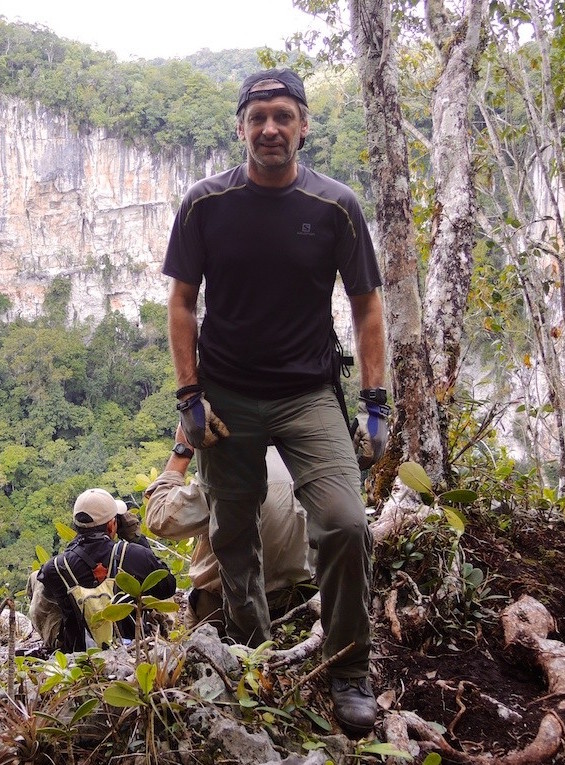
Neil Rogers
CEO
Tourism consultant passionate about exploring, conservation and adventure.

